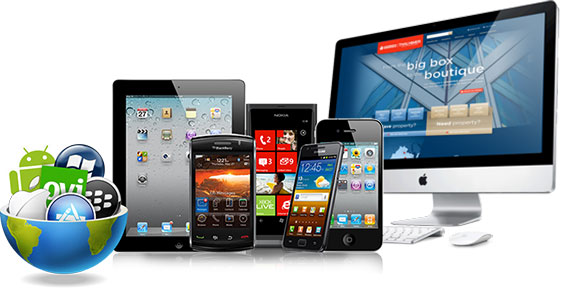Give users the flexibility to search for the products that they’re interested in. If the search bar suggests results, that will help you sell more by sending traffic to those specific products or categories. Don’t forget to highlight certain promotions as well on seasonal holidays, which can push traffic to specific parts of your website.
Show users related products that compliment or are similar to the product page they’re viewing. This type of feature can influence users to spend more time and money on your website. Also, implement social media share features on your product pages so your customers can show your products to friends and colleagues. Although it is very easy to do this manually, it increases the chances that someone will share a product with a friend if there is an easy-to-use button available.
Allow your customers to customize their ecommerce experience by giving them the ability to filter your category pages based on prices, popularity, and more. Customers do not enjoy clicking through endless pages of products, so having a “View All” option is a good idea to make things easier. When they are interested in a product, use a quick preview to help your customers decide if they want the product without having to click through to the actual product page. Many customers may not want to click through to view your product pages for fear of having to wait for another page to load.
It is very important to provide all product information, including extensive details that you have on your products, in a clean, concise manner. If a customer cannot find all the product information they are looking for, they may feel too uncertain to complete their purchase. When products, sizes, or colors do happen to go out of stock, allow customers to sign-up to be notified when the product they were looking for is available. That way they are less likely to go to a competitor, and it shows that you care about serving their needs.
When a visitor adds an item to your shopping cart, display your shopping cart on the page in a small window that dynamically populates with the product(s) the customer is adding. This way the user experience is smooth and the customer is assured that their goods have been added to the cart. Sometimes, visitors may add a number of items to their shopping cart without having the intention of actually completing their purchase. Rather than forcing your customers to make the black and white choice of deleting a product from the cart or buying it, allow them instead to save it for later.
Do not use a flat rate or a single rate for shipping. Different customers will want different shipping methods; some will want their products to arrive immediately and others are fine with paying less for slower shipping. Since the checkout process is a significant investment of time and effort, allow customers to calculate the shipping costs directly from their shopping carts before going through the checkout process.
Clicking the final “Submit Payment” button for many customers can be a stressful moment. Calm their nerves by not only displaying a payment confirmation page, but also sending an email confirming receipt of their payment. Provide your customers with tracking information once their order has shipped as well, so they can feel at ease through the final step of the transaction.
Data Control
The ability to control your meta data is crucial when trying to get your website to rank well for various relevant keywords in search engines. You should be able to customize the title tag of every page on your website as well as easily create rules for types of pages to handle title tag creation. A sitemap.xml file tells search engines about all the pages on your website, and ensures that those pages get crawled. However, you do not want to have to write the page title of each and every product on your website, especially if you have thousands of products. Instead, creating rules for each product will help you optimize a large number of product pages all at once. Your content management system should allow you to upload a robots.txt file and also make it easy to edit it if need be.
Code Addition and Editing
If you have a website that is constantly adding new content, you need to have a way to easily add essential code to new pages. This includes things like the Google Analytics tracking code, Website Optimization software code, or any other third-party javascript code that needs to be included on every page of your site. Having this set up ahead of time will compress testing timelines by skipping the need for a web developer each time work is required. This is particularly helpful when existing code simply needs slight modifications in order to continue providing your business with the functionality it needs.
Website Management
As the administrator of your website, you should have a place where you can review all pertinent information regarding the performance of your website. Your website’s dashboard should be customizable and offer summary information about stock items, information requests, sales figures, and ecommerce performance metrics. By having a comprehensive understanding of the status of sales on your website, shipping orders, and customer information, you can consistently update product colors, sizes, and descriptions to decide which categories or subcategories to feature on the home page or menu based on your customers’ purchasing patterns.
